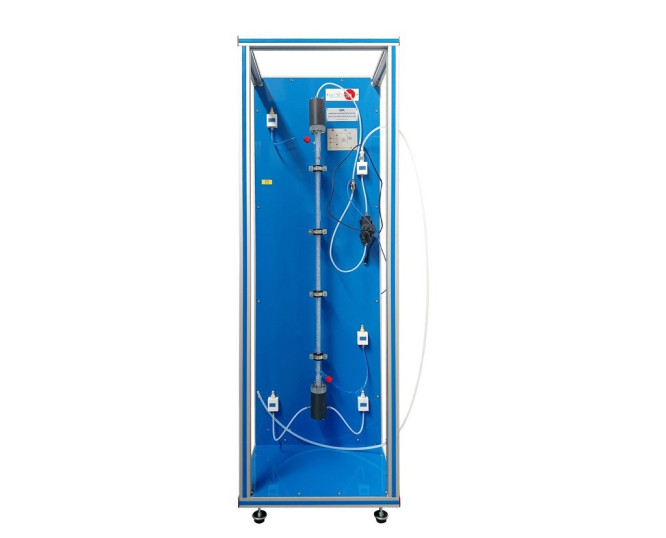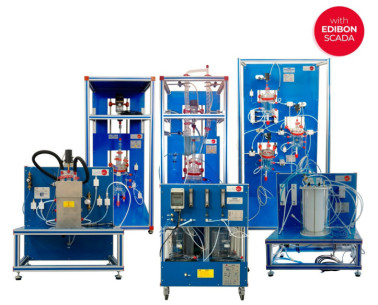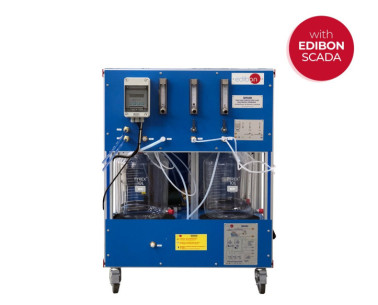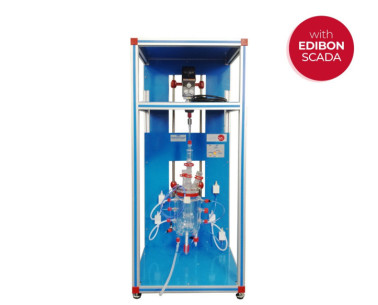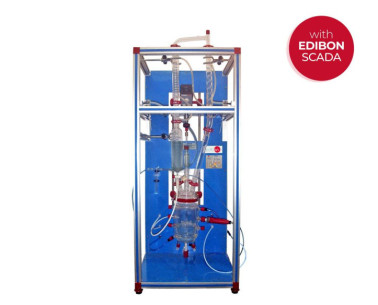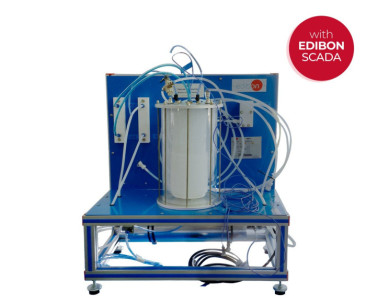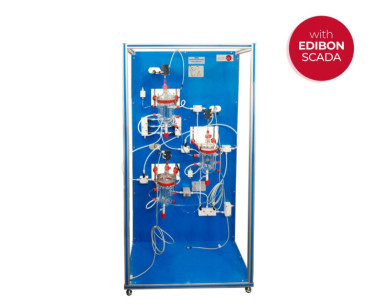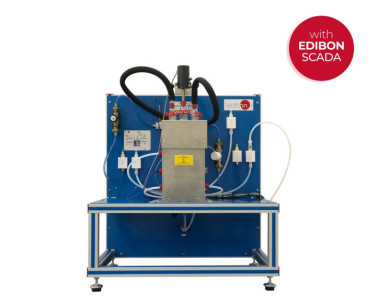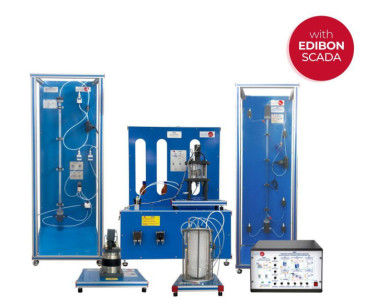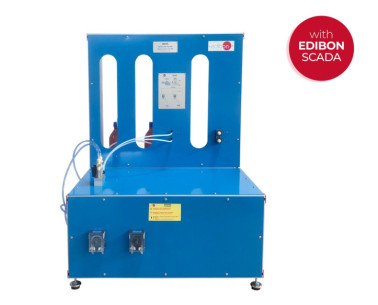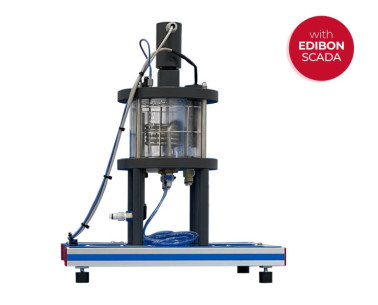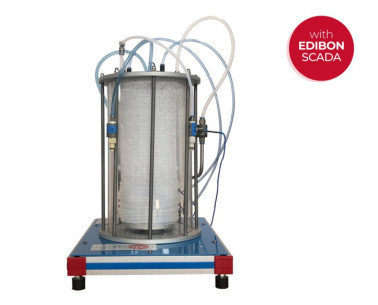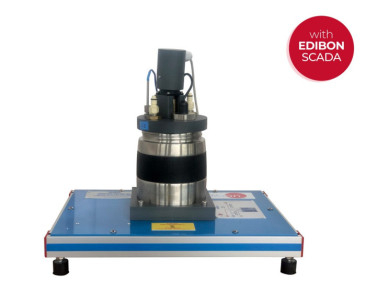The Laminar Flow Reactor for QR, "QRL", designed by EDIBON, allows determining the kinetic equations of various reactions, such as the basic hydrolysis of ethyl acetate, and calculating key kinetic constants. Laminar flow reactors, a variant of tubular reactors, are characterized by the movement of fluids in parallel layers with a constant velocity and without significant turbulence. Additionally, the Laminar Flow Reactor for QR, "QRL" is particularly used for demonstrating flow patterns and studying step disturbances for flow characterization and conversion in steady state.
This reactor facilitates the comparative analysis between theoretical and experimental conversion values, contributing to enhancing the understanding of chemical transformation processes. It is also used to investigate the effect of variables such as flow rate and feed concentration on steady-state conversion, as well as to study the influence of temperature on laminar flow characterization. Through visual techniques, such as color tracer tracking, the reactor’s response to different disturbances can be observed, providing valuable information on system behavior under variable conditions. In summary, the laminar flow reactor offers a versatile and precise platform for research and development in the field of chemical engineering and fluid dynamics.
To work with this reactor, the Base and Service Unit, "QUS", is required, which supplies the necessary reagents and thermostatic water for proper operation.
 쿠키 기본 설정
쿠키 기본 설정

